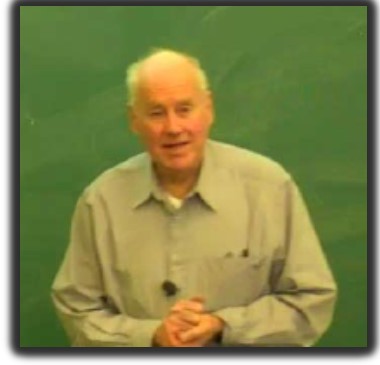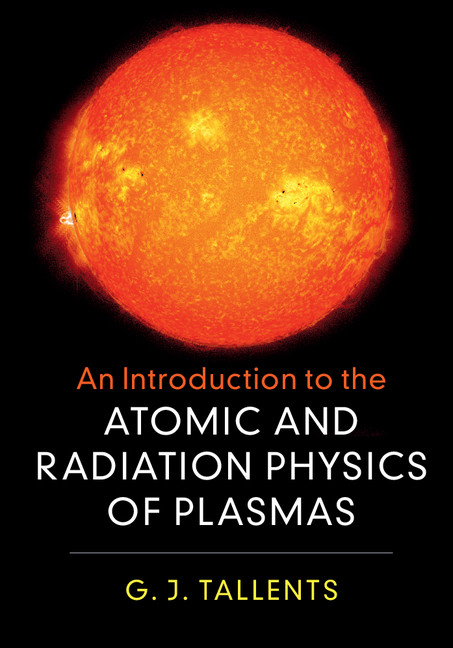Professor Greg Tallents

Published
Book information
My
2018 published book ‘An introduction to the atomic and radiation physics of
plasmas’ is available to purchase at - CUP website
Any questions or feedback on the books please contact me.
greg.tallents@york.ac.uk
My
2018 book

Book description
Plasmas
comprise more than 99% of the observable universe. They are important in many
technologies and are key potential sources for fusion power. Atomic and
radiation physics is critical for the diagnosis, observation and simulation of
astrophysical and laboratory plasmas, and plasma physicists working in a range
of areas from astrophysics, magnetic fusion, and inertial fusion utilise atomic
and radiation physics to interpret measurements. This text develops the physics
of emission, absorption and interaction of light in astrophysics and in
laboratory plasmas from first principles using the physics of various fields of
study including quantum mechanics, electricity and magnetism, and statistical
physics. Linking undergraduate level atomic and radiation physics with the
advanced material required for postgraduate study and research, this text
adopts a highly pedagogical approach and includes
numerous exercises within each chapter for students to reinforce their
understanding of the key concepts.
There are
supplementary problem exercises and additional appendix style material relevant
to the 2018 book available. Click for pdfs
Exercises
and Additional material .
My
2022 book

Book Summary
This
textbook introduces the topic of special relativity, with a particular emphasis
upon light-matter interaction and the production of light in plasma. The
physics of special relativity is intuitively developed and related to the
radiative processes of light. The book reviews the underlying theory of special
relativity, before extending the discussion to applications frequently
encountered by postgraduates and researchers in astrophysics, high power laser
interactions and the users of specialized light sources, such as synchrotrons
and free electron lasers. A highly pedagogical
approach is adopted throughout, and numerous exercises are included within each
chapter to reinforce the presentation of key concepts and applications of the
material.
There
is some supplementary material dealing with issues not fully covered in the 2022
book: the cosmological redshift, gravity and special relativity, a discussion
of particle spin and a very preliminary discussion of quantum field theory.
Some corrections to the material are also listed.
Click for a pdf.
A
more comprehensive treatment of the physics of light interaction with a free
electron is added here . The treatment here is valid for determining
the acceleration of electrons in uniform high intensity laser light.
To
return to my main University page